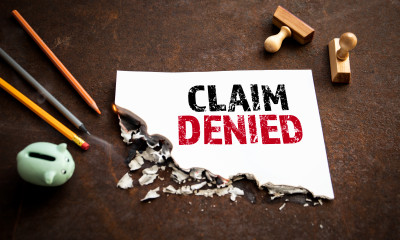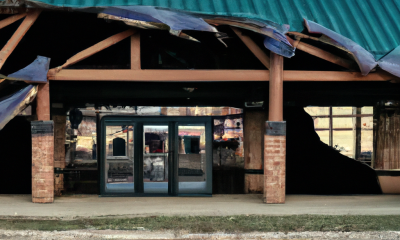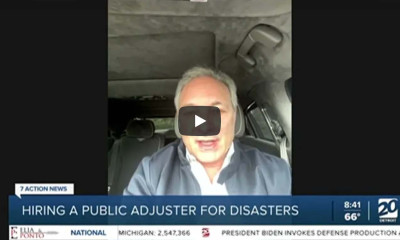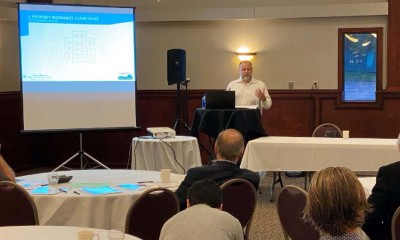How Do I File a Claim?
Navigating the intricacies of filing an insurance claim can be a daunting task, especially when faced with the aftermath of unexpected disasters. After you have ensured the safety and well-being of your family, it becomes crucial to understand the steps required to begun your financial recovery by filing your insurance claim.
Assess and Collect Evidence
The first step toward filing your claim is to assess the damage to your property and collect evidence to support your insurance claim. This phase is pivotal in demonstrating the extent of the loss or damage suffered. Document the destruction thoroughly by taking photographs and videos of every affected area. These visuals will serve as vital evidence during the claims process. Additionally, gather any relevant documents, such as receipts, invoices, and maintenance records, that can help establish the value of the damaged items. The more comprehensive your evidence collection, the stronger your claim will be.
Review Your Home Insurance Policy
Understanding the specifics of your home insurance policy is paramount in successfully navigating the claims process. Each policy has unique terms, coverages, and exclusions that determine what is eligible for reimbursement. As part of your claim-filing process, undertake a thorough review of your insurance policy. Pay close attention to sections related to the type of damage or loss you've experienced, the deductible amount you'll need to pay out of pocket, and the maximum coverage limits. Having a clear understanding of your policy's provisions will help you make informed decisions throughout the claims journey.
Understanding Your Deductible
Grasping the complexity of your deductible is vital when initiating an insurance claim. The deductible is the sum deducted from the approved claim payout. For example, with a $2,500 deductible and a $25,000 roof replacement claim, you receive $22,500 ($25,000 - $2,500 = $22,500).
In specific regions prone to storms, insurers might impose separate wind/hail deductibles at 2% to 5% of dwelling coverage. With a $300,000 coverage and 5% wind/hail deductible, your $25,000 roof replacement claim would yield just $10,000 ($25,000 - $15,000 = $10,000). Understanding these nuances clarifies the deductible's impact on your claim payout.
Contact Your Insurance Company
Initiate contact with your insurance company to start the claims process. This involves providing information about the cause and degree of the damage due to the incident. You can typically submit a claim online, via phone, or using a mobile app.
Implement Temporary Fixes
To prevent further harm to your home, consider temporary repairs, as long as it's safe to do so. If water is seeping into your residence, position buckets beneath leaks to safeguard your flooring. If needed, use a tarp to cover the damaged roof area, preventing excessive water leakage until repairs can be executed. Keep receipts for these stopgap measures, as your insurer might reimburse you for the expenses.
Getting a Second Opinion
An insurance claims adjuster, dispatched by your insurance company, will visit your property to evaluate the damage and provide an estimate for the necessary repairs. However, it's essential to recognize that while adjusters are experts, they ultimately represent the interests of the insurance company. If you ever find discrepancies or have concerns about the assessment or repair estimation, you have the option to enlist a reputable public adjuster for an independent evaluation of the damage. These experts often have specialized knowledge and can provide a second opinion that can be used to challenge the insurance claims adjuster's report. Public adjusters are skilled advocates who handle claims every day.
The Value of a Public Adjuster
Public adjusters, distinct from insurance company adjusters, work on behalf of policyholders. Their primary role is to prepare, present, and negotiate insurance claims to ensure policyholders receive fair compensation for their losses. With extensive experience in dealing with insurance companies and an in-depth understanding of policy language, they are well-equipped to maximize your claim's potential.
Their familiarity with the intricacies of insurance claims sets them apart as advocates in what is often the largest financial transaction of someone's life. Their expertise extends to assessing the full scope of damage, identifying hidden costs, and accurately valuing your losses. By having a public adjuster on your side, you gain a dedicated professional who will meticulously examine your policy and vigorously negotiate to secure the best possible outcome for you.
__________________
About the Author
Stuart Dorf, JD, CPAU | Executive Vice President
Stuart Dorf, JD, CPAU, Executive Vice President at Globe Midwest™ Adjusters International, is a licensed public adjuster, appraiser, umpire, and attorney who specializes in securing fair insurance claim settlements for property and business owners. With over 20 years of experience in commercial real estate, law, and marketing, he holds licenses in multiple states, actively participates in legal associations, and has a strong entrepreneurial background. He earned his law degree from the Illinois Institute of Technology’s Chicago-Kent College of Law and graduated with honors from Tulane University.
sdorf@globemwai.com | 248.915.0399













